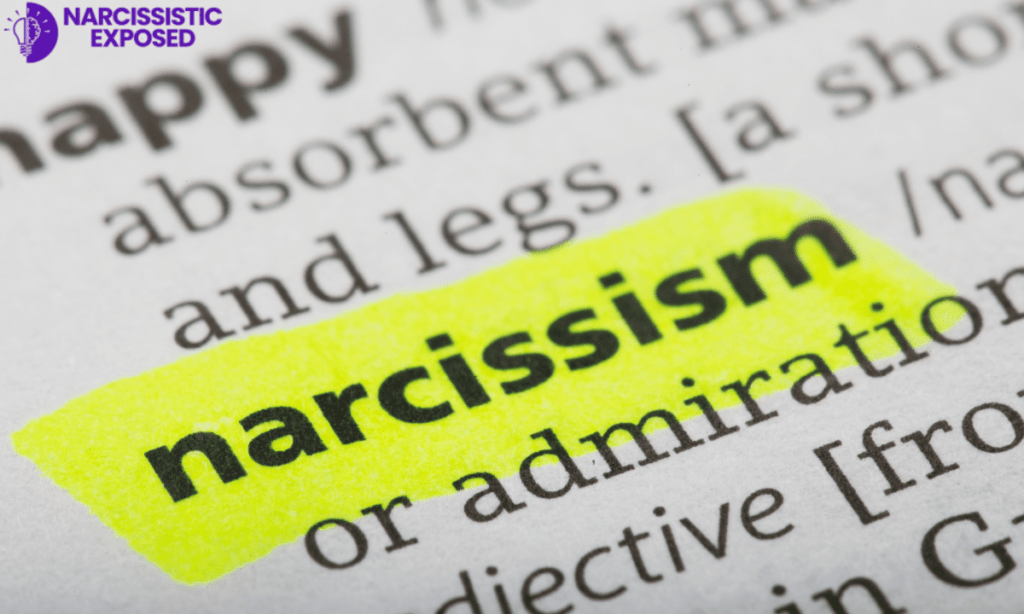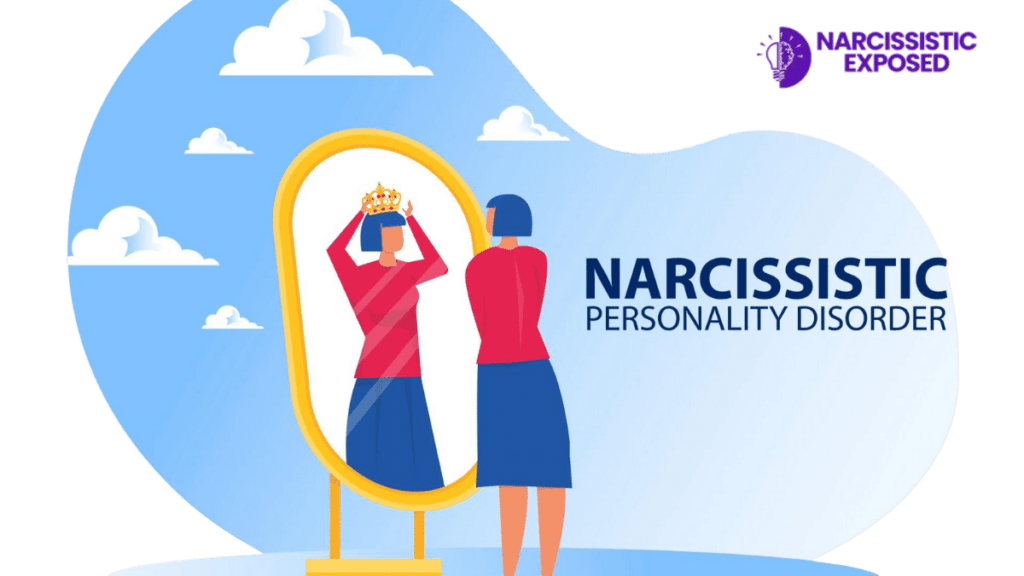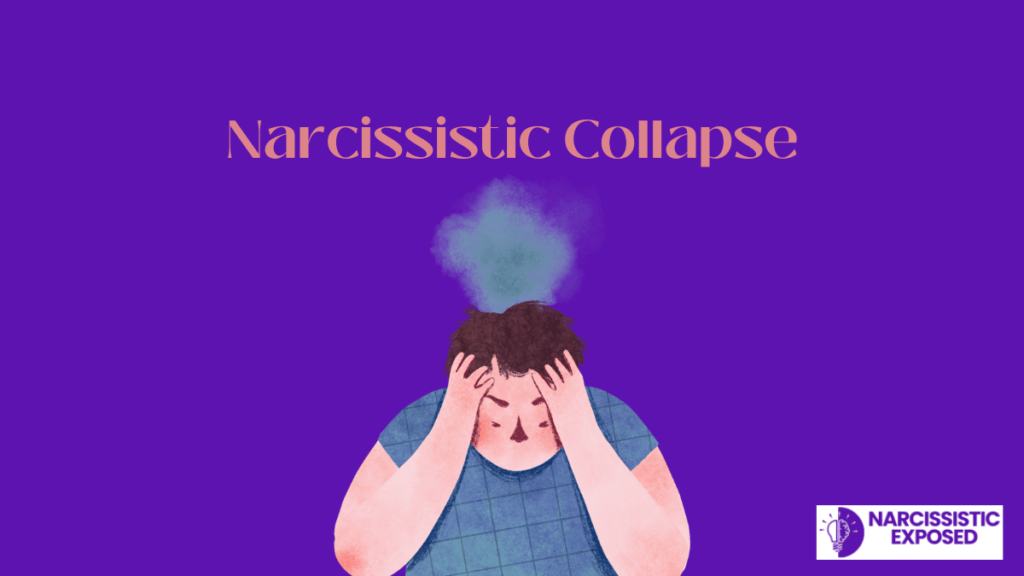
Narcissistic Abuse Syndrome refers to the complex and often severe effects experienced by individuals who have been subjected to chronic narcissistic abuse. This form of abuse, typically perpetrated by individuals with Narcissistic Personality Disorder (NPD) or strong narcissistic traits, encompasses a range of manipulative and harmful behaviors aimed at asserting control and dominance over the victim. The syndrome is not officially recognized in diagnostic manuals but is widely acknowledged by mental health professionals due to its distinct pattern of psychological harm.
Victims of narcissistic abuse often endure a multifaceted assault on their psyche, including verbal attacks, emotional manipulation, gaslighting, and psychological control, leading to significant emotional and mental health issues. The impact of this abuse can permeate every aspect of their lives, affecting their emotional well-being, cognitive functioning, and even physical health.
By delving into the intricacies of Narcissistic Abuse Syndrome, we seek to provide a comprehensive guide that not only educates but also offers practical advice and empathetic support to those navigating the challenging aftermath of narcissistic abuse. Our goal is to empower individuals with the knowledge and tools necessary to begin the healing process and reclaim their lives from the shadows of narcissistic influence.
Table of contents
Identifying Narcissistic Abuse
Common Behaviors and Tactics
Narcissistic abuse is characterized by specific behaviors and tactics that manipulate and control the victim:
- Gaslighting: A form of psychological manipulation where the abuser causes the victim to doubt their memory, perception, or sanity, often by denying events or how they occurred.
- Verbal Abuse: This includes belittling, demeaning, and degrading language aimed at diminishing the victim’s self-worth and self-esteem.
- Control and Isolation: Narcissistic abusers often attempt to control every aspect of the victim’s life, including their social interactions, to isolate them from support networks.
- Emotional Blackmail involves using guilt, fear, or obligation to compel the victim to comply with one’s demands or expectations.
- Manipulation: Twisting facts and situations to their favor, often portraying themselves as victims to gain sympathy and control.
Symptoms and Signs in Victims
Victims of narcissistic abuse may exhibit a range of symptoms and signs, indicating the profound impact of the abuse:
- Confusion and Self-Doubt: Due to gaslighting and manipulation, victims often experience confusion and chronic self-doubt, questioning their judgment and reality.
- Low Self-Esteem: Persistent criticism and devaluation significantly decrease the victim’s self-esteem and feelings of worthlessness.
- Anxiety and Depression: The constant stress and emotional turmoil can lead to mental health issues like anxiety, depression, and even post-traumatic stress disorder (PTSD).
- Emotional Dependence: Victims may develop an unhealthy attachment or dependence on the abuser, believing they need the abuser to survive or be complete.
- Physical Symptoms: Chronic stress and emotional abuse can manifest in physical symptoms such as insomnia, headaches, digestive issues, and other stress-related health problems.
Identifying narcissistic abuse involves recognizing these behaviors and symptoms both in the abuser and the victim. Early identification is crucial for mitigating the impact of the abuse and starting the journey toward recovery and healing.
The Psychological and Physical Impact of Narcissistic Abuse
Emotional and Cognitive Effects
Narcissistic abuse can have profound and lasting emotional and cognitive effects on victims:
- Emotional Dysregulation: Victims often experience intense emotional instability, including mood swings, rage, sadness, and numbness, as they navigate the turbulent dynamics of the abusive relationship.
- Cognitive Distortions: The constant manipulation and gaslighting can lead to distorted thinking patterns, where victims might blame themselves for the abuse or struggle with decision-making and problem-solving skills.
- Trauma and PTSD: Prolonged exposure to narcissistic abuse can result in trauma, manifesting as Post-Traumatic Stress Disorder (PTSD) or Complex PTSD, characterized by flashbacks, nightmares, severe anxiety, and intrusive thoughts.
Physical and Neurological Consequences
The impact of narcissistic abuse extends beyond psychological harm, affecting physical health and neurological functioning:
- Stress-Related Health Issues: The chronic stress of enduring narcissistic abuse can lead to physical health problems like hypertension, heart disease, chronic fatigue, and weakened immune function.
- Neurological Changes: Research indicates that prolonged exposure to stress and trauma can alter brain structures and functions. Victims of narcissistic abuse may experience changes in areas of the brain associated with stress regulation, emotional processing, and memory.
- Sleep Disturbances and Fatigue: The high levels of anxiety and stress common in victims can disrupt sleep patterns, leading to insomnia or hypersomnia, and result in chronic fatigue.
The psychological and physical impacts of narcissistic abuse underscore the severity of its effects on victims’ overall health and well-being. Addressing these multifaceted consequences is crucial for comprehensive recovery and healing, necessitating a holistic approach considering the mind and body.
Case Studies: Narratives of Narcissistic Abuse Survivors
Personal Experiences and Journeys of Recovery

Case Study 1: Anna’s Story – Breaking Free from Parental Narcissistic Abuse
Anna grew up with a narcissistic mother whose manipulative and controlling behavior overshadowed her childhood. She was constantly subjected to criticism and emotional blackmail, leading to severe anxiety and low self-esteem. It wasn’t until her thirties, after years of therapy and self-help, that Anna recognized the abuse. She began setting boundaries and eventually minimized contact with her mother. Her journey of recovery included therapy, meditation, and building supportive relationships, which helped her heal and reclaim her sense of self-worth.
Case Study 2: David’s Escape from a Narcissistic Marriage
David spent a decade married to a partner who exhibited classic narcissistic traits, including gaslighting, public humiliation, and isolation from friends and family. The toll on his mental health was significant, manifesting as depression and suicidal thoughts. The turning point came when David sought help after a particularly abusive incident. With legal and psychological support, he divorced his partner and started rebuilding his life. His recovery focused on therapeutic healing, reconnecting with loved ones, and pursuing passions he had neglected.
Case Study 3: Leah’s Professional Triumph over Narcissistic Abuse
Leah, a corporate executive, endured narcissistic abuse from a colleague who sabotaged her projects and spread rumors to tarnish her reputation. The situation escalated, affecting her performance and mental health. Leah decided to address the abuse by documenting the incidents and seeking support from human resources. Following a challenging period of legal battles and counseling, she not only secured her position but also initiated workplace reforms to protect others from similar abuse. Leah’s story is a testament to the strength and resilience individuals can muster to overcome narcissistic abuse in professional settings.
These case studies illustrate the varied faces of narcissistic abuse and the common thread of resilience and recovery shared by survivors. Each narrative sheds light on the unique challenges victims face and the pathways they pursue to heal and rebuild their lives, highlighting the importance of support, self-care, and empowerment in recovery.
Coping with Narcissistic Abuse Syndrome
Immediate Steps and Long-Term Healing Strategies
Immediate Steps:
- Acknowledgment: Recognize and accept that you are a victim of narcissistic abuse, which is the first step toward healing.
- Safety and Stability: Ensure your immediate safety and stability, which may involve distancing yourself from the abuser or seeking a safe environment.
- Seek Professional Help: Consult with mental health professionals experienced in dealing with narcissistic abuse to guide you through the initial stages of recovery.
Long-Term Healing Strategies:
- Therapeutic Journey: Engage in ongoing therapy, such as cognitive-behavioral therapy (CBT), eye movement desensitization and reprocessing (EMDR), or trauma-informed counseling, to address the deep-seated emotional wounds.
- Educate Yourself: Learn about narcissistic abuse and its effects to understand your experiences and validate your feelings.
- Self-Reflection and Healing: Dedicate time to self-reflection, journaling, and mindfulness practices to process your experiences and emotions.
Building Resilience and Seeking Support
- Developing Resilience: Building resilience involves cultivating a positive mindset, practicing self-compassion, and engaging in activities that strengthen your emotional and mental fortitude.
- Social Support Network: Create or reestablish a supportive social network, including friends, family, support groups, or online communities, who understand narcissistic abuse and can provide encouragement and validation.
- Lifestyle and Self-Care: Prioritize a healthy lifestyle, including regular exercise, a balanced diet, adequate sleep, and hobbies or interests that bring joy and fulfillment.
Coping with Narcissistic Abuse Syndrome is a dynamic and ongoing process that involves both immediate actions to ensure safety and stability and long-term strategies for deep healing and resilience-building. Engaging with a supportive community and professional resources, along with personal self-care practices, forms the cornerstone of effective recovery and empowerment after narcissistic abuse.
Overcoming the Aftermath of Narcissistic Abuse
Healing Emotional Wounds
The path to healing emotional wounds inflicted by narcissistic abuse involves several key steps:
- Processing Trauma: Utilize therapeutic modalities to process the trauma experienced. Techniques like EMDR, trauma-focused CBT, and psychotherapy can be effective in addressing the deep emotional scars.
- Emotion Regulation: Learn and practice emotion regulation skills to manage the intense emotions that arise from past abuse. Techniques such as mindfulness, meditation, and grounding exercises can be beneficial.
- Forgiveness and Letting Go: While complex, working towards forgiveness (not for the abuser’s sake, but for one’s peace) can be a decisive step in healing. This involves letting go of the hold that the abuse has on your emotional well-being.
Rebuilding Identity and Self-Worth
Overcoming the effects of narcissistic abuse also means reconstructing one’s sense of identity and self-worth:
- Self-Discovery: Engage in activities that foster self-discovery and personal growth. Reconnect with old passions or explore new interests to rebuild your sense of identity.
- Affirmations and Positive Self-Talk: Regularly practice positive affirmations and self-talk to counteract the negative beliefs instilled by the abuser. Reinforce your values and strengths through daily affirmations.
- Building New Relationships: Slowly build new, healthy relationships based on mutual respect and understanding. These relationships can reinforce positive self-perceptions and help restore trust in others.
Overcoming the aftermath of narcissistic abuse is a challenging but rewarding journey that requires addressing the emotional wounds and rebuilding a damaged sense of self-worth. Through dedicated effort, therapeutic support, and self-care, survivors can heal from their past experiences and forge a healthier, more fulfilling future.
Frequently Asked Questions (FAQs)
How does the body respond to narcissistic abuse?
The body responds to narcissistic abuse with physical stress reactions, such as increased heart rate, muscle tension, digestive issues, and sleep disturbances. Chronic exposure to stress can lead to long-term health problems like hypertension, adrenal fatigue, and a weakened immune system.
What are the symptoms of narcissistic abuse victims?
Symptoms include chronic self-doubt, confusion, anxiety, depression, feelings of worthlessness, difficulty trusting others, and emotional numbness. Victims may also exhibit symptoms of PTSD, such as flashbacks, nightmares, and severe anxiety.
What does narcissistic abuse do to a person?
Narcissistic abuse can erode a person’s self-esteem, alter their perception of reality, and lead to significant mental and emotional health issues. It can cause a person to question their value and judgment, affecting their ability to form healthy relationships and make decisions.
What are the symptoms of post-narcissistic abuse?
Post-narcissistic abuse symptoms include ongoing anxiety, depression, traumatic stress, heightened vigilance, distrust in others, and a lingering sense of fear or danger. Emotional detachment and avoidance of relationships or situations that remind the victim of the abuse are also common.
How can one start the healing process after narcissistic abuse?
The healing process begins with recognizing the abuse, seeking support from mental health professionals, and gradually rebuilding self-esteem and trust. Engaging in self-care practices, therapy, and building a support network are crucial steps in recovery.
Are there specific therapies or treatments for narcissistic abuse syndrome?
Yes, therapies like cognitive-behavioral therapy (CBT), dialectical behavior therapy (DBT), EMDR, and trauma-focused therapy are particularly effective in treating the effects of narcissistic abuse. These therapies help address the complex emotional and psychological issues resulting from the abuse.
Conclusion
Narcissistic abuse syndrome represents a profound and challenging experience that profoundly impacts individuals’ mental, emotional, and physical health. Understanding the nature of this abuse and its pervasive effects is the first step toward recovery. Victims often endure long-term consequences, but with the proper support and therapeutic interventions, healing and rebuilding a life free from the shadows of abuse are entirely possible.
The journey of recovery from narcissistic abuse involves recognizing the signs, addressing the trauma, and implementing strategies to heal and protect oneself from future harm. It requires resilience, support, and a commitment to personal growth and well-being. Through therapeutic support, self-care, and rebuilding trust and self-worth, survivors can navigate the path to a healthier and more empowered existence.
In conclusion, while the scars of narcissistic abuse can run deep, the potential for recovery and renewal offers hope and direction. Empowerment comes from understanding, confronting the past, and actively choosing a path of healing and self-discovery, leading to a stronger, more resilient self.





